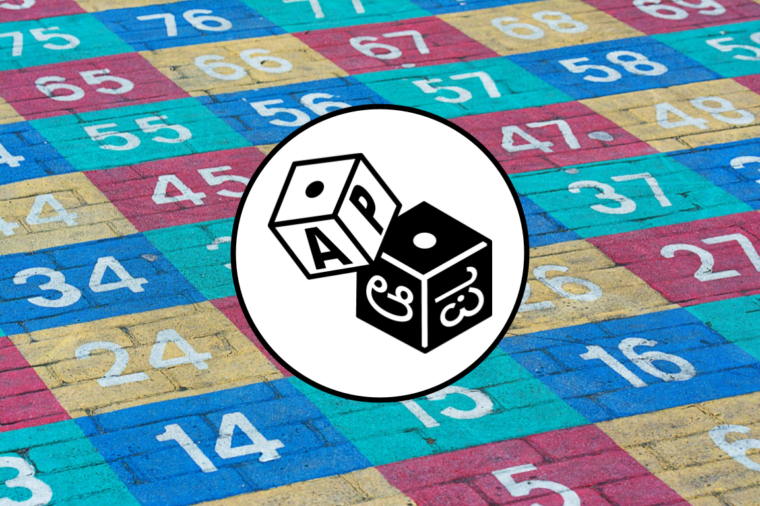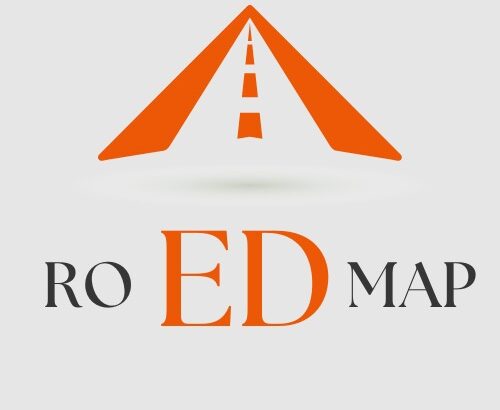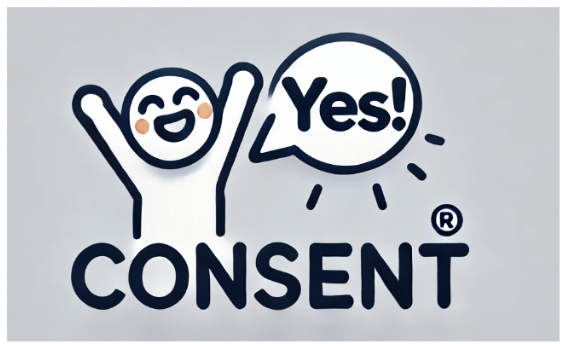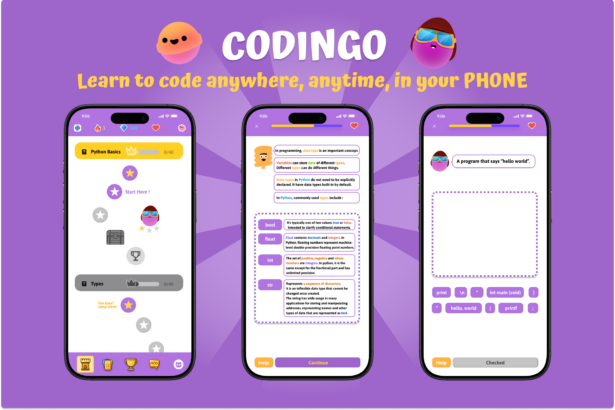Where aata (play in Kannada) and paata (lessons in Kannada) come together to foster learning! Aata Paata is an activities repository for CBSE (Central Board of Secondary Education) math teachers in India, inspired by Indian traditional games and culture. Curious? Check it out here!
As someone who has grown up loving math, something I despised and still continue to, is the classification of people as “math people” and “non-math people”! Math is omnipresent and not a day goes by without every single individual using math either subconsciously or consciously, from calculating how many times we can hit snooze on our alarms before we absolutely must get up, to finding the best way to fit all our groceries in the fridge! And these are just two examples that adults can relate to, there are enough and plenty for children as well! Then why this notion of math being an inaccessible and intimidating subject that’s the bane of many student’s existence? Is it math’s fault?

In my opinion, the subject itself is not at fault. The real issue lies in the continued reliance on traditional, passive learning methods to teach math. While passive learning has its place, there are so many other ways math can be taught—one of the most effective being game-based or activity-based learning. Studies have shown that activity-based math instruction can reduce math anxiety, actively engage students, cater to different learning styles, and promote collaboration among peers (Dugal, 2024).
In Central Board of Secondary Education (CBSE) schools in India, however, traditional, lecture-based methods are still the most common. If a teacher wants to incorporate new techniques, the responsibility falls on them to research and develop activities that align with both the curriculum and the school’s expectations. With the heavy workload most teachers face, finding the time to locate and create new resources is a challenge.
This is where Aata Paata comes in. It addresses the need for a centralized resource to support math teachers in India with activity-based learning tools. Since most Indian schools don’t allow students to bring electronic devices, the Aata Paata repository focuses entirely on offline activities for each subtopic in a lesson. Currently, it includes activities for the Simple Equations chapter in the CBSE grade 7 syllabus. However, the structure can be expanded to cover all grade 7 chapters and eventually scaled to other grades and boards across India.
The creation of Aata Paata wouldn’t have been possible without the support of math teachers from India, who provided invaluable insights into current challenges and offered feedback on my prototype to ensure it best serves their needs.

Working on this project has been incredibly rewarding and has deepened my appreciation for the iterative nature of the design process. Seeing my design valued by its intended users—math teachers from India—has been validating and inspiring. As a researcher and designer it makes you feel like you’ve done something right! I’m a firm believer that the hardest part of any journey is starting, and I’m thrilled that this project has marked the beginning of my own journey into the world of learning design!



